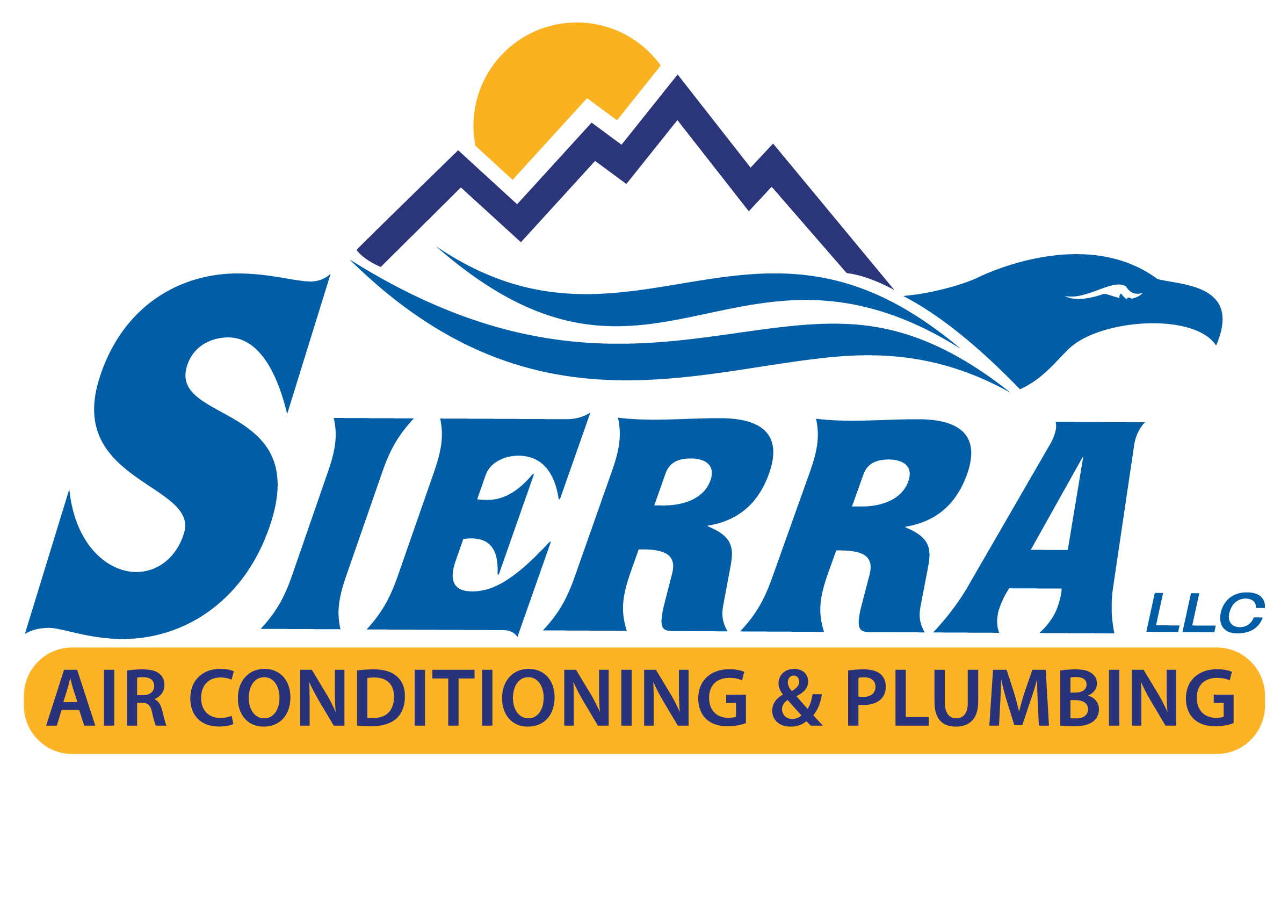In the realm of household plumbing, there are numerous systems and devices designed to protect our homes from potential water damage. Among these, the sump pump stands as a crucial safeguard against flooding and moisture-related issues. In this comprehensive guide, we will delve into the world of sump pumps, exploring their purpose, functionality, and the benefits they offer to homeowners.
What is a Sump Pump?
A sump pump is a specialized device installed in the lowest part of a basement or crawl space, usually within a small pit called a sump basin. Its primary function is to prevent water accumulation and flooding by effectively pumping out excess water from the area. Sump pumps are typically electrically powered and automatically activated when water levels rise above a certain point.
What is a Sump Pump Used For?
Flood Prevention: Sump pumps are primarily used to prevent flooding in basements and crawl spaces, especially in areas prone to heavy rainfall, snowmelt, or high water tables. By swiftly removing excess water, they mitigate the risk of structural damage, mold growth, and costly repairs.
Groundwater Control: In certain regions, the water table is high enough to cause seepage into basements and crawl spaces. A sump pump helps maintain a drier environment by efficiently collecting and discharging this excess groundwater.
Water Drainage: Sump pumps are also employed to redirect water from areas such as window wells, stairwells, and other vulnerable spots prone to water ingress. This ensures that water does not infiltrate the home through these entry points.
Moisture Regulation: Excess moisture can lead to various problems, including mold and mildew growth, which can adversely impact indoor air quality and pose health risks. Sump pumps help regulate moisture levels, keeping the basement or crawl space dry and inhospitable to mold and other moisture-related issues.
How Does a Sump Pump Work?
When water enters the sump basin, either through drainage systems or natural seepage, a float switch or pressure sensor triggers the sump pump to activate. The pump then moves the water out of the basin through a series of pipes and discharges it away from the foundation of the house. Sump pumps can either be submersible, placed inside the sump basin, or pedestal-style, with the motor located above the basin.
Benefits of Installing a Sump Pump:
Protection Against Water Damage: The most significant advantage of having a sump pump is the protection it provides against potential water damage. By promptly removing excess water, it prevents costly repairs, property damage, and the need for extensive restoration work.
Enhanced Home Value: Installing a sump pump is viewed as a proactive measure to safeguard the property. It can increase the value of your home, as potential buyers appreciate the added protection against water-related issues.
Peace of Mind: Knowing that your basement or crawl space is equipped with a reliable sump pump offers peace of mind, especially during heavy rainfall or other instances where flooding is a possibility. You can rest assured that your home is better prepared to handle such situations.
Your Las Vegas Sump Pump Experts
Sump pumps play a vital role in maintaining a dry and safe home environment, protecting against the destructive effects of water damage. Whether it’s flood prevention, groundwater control, or moisture regulation, a properly functioning sump pump is an essential asset for homeowners. By partnering with Sierra Air Conditioning and Plumbing, you can ensure that your sump pump installation, maintenance, and repair needs are met by experienced professionals dedicated to keeping your home dry and protected. Contact us today.







